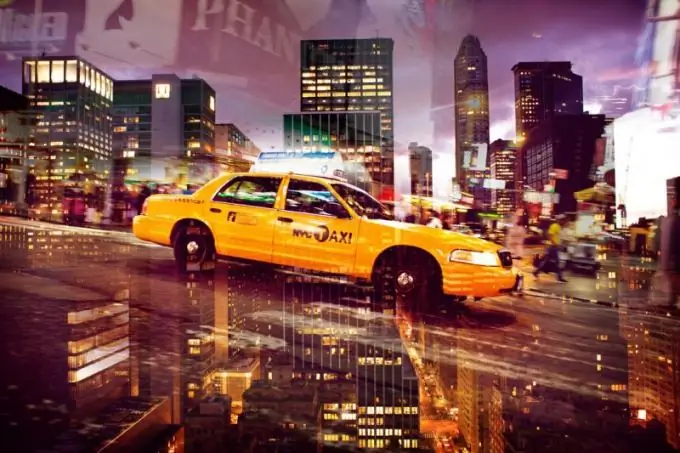Multiple exposure is the combination of multiple frames in one shot. When using film cameras, it sometimes occurred as a result of the mistake of the photographer who forgot to rewind the film. The results were unexpected and sometimes very interesting. There is a multiple exposure function in some modern cameras, but many more possibilities open up when you create it in Photoshop.

Necessary
- - several digital photos;
- - installed program AdobePhotoshop.
Instructions
Step 1
Select at least two photos to combine. Remember that the most effective images look in which the light elements of one layer are superimposed on the dark areas of the second. Most often, a portrait photo and some kind of landscape are used for multiple exposure.
Step 2
Open the first of the selected images in Photoshop. Click on the File - "File" button and select the command Place - "Place" in the menu that appears. In the dialog box that opens, specify the program path to the file with the second image.
Step 3
The easiest way to do a multiple exposure is to set the second layer's blend mode to Screen. You can select this option from the drop-down list at the top of the Layers palette - "Layers".
Step 4
Other blend modes may be used depending on the photos used. Try using, for example, Lighter - "Lighter" or Soft Light - "Soft light". If the images are light, use the Multiply mode.
Step 5
If you need to scale the layer, press the keyboard shortcut CTRL + T (they cause a free transformation). Hold down the Shift key to maintain the proportions and move the corner handles to the desired size.
Step 6
Using the sliders at the top of the Layers panel, adjust the opacity of the top layer (Opacite parameter). If you want to hide some parts of the top image, create a layer mask. To do this, click on the Add layermask icon at the bottom of the Layers palette.
Step 7
Take a soft black brush and paint over all unnecessary areas. Make sure you are painting on the mask and not on the image - the layer mask icon that appears next to the layer thumbnail should be surrounded by a double border. If you made a mistake and painted over excess areas, change the color of the brush to white and adjust the result.
Step 8
To convert the resulting image to black and white, click on the Great New Fill or Adjustent Layer icon. It's at the bottom of the Layers palette. Select the Black and White command from the drop-down list.
Step 9
You can leave the default settings, choose one of the installed presets, or adjust the image by moving the sliders and watching the result. If you put a tick in the Tint- "Tint" section, you can get different colorization options. The double exposure is ready. Multiple exposure, consisting of several different images, is done in the same way and is used to create unusual and fantastic effects.






